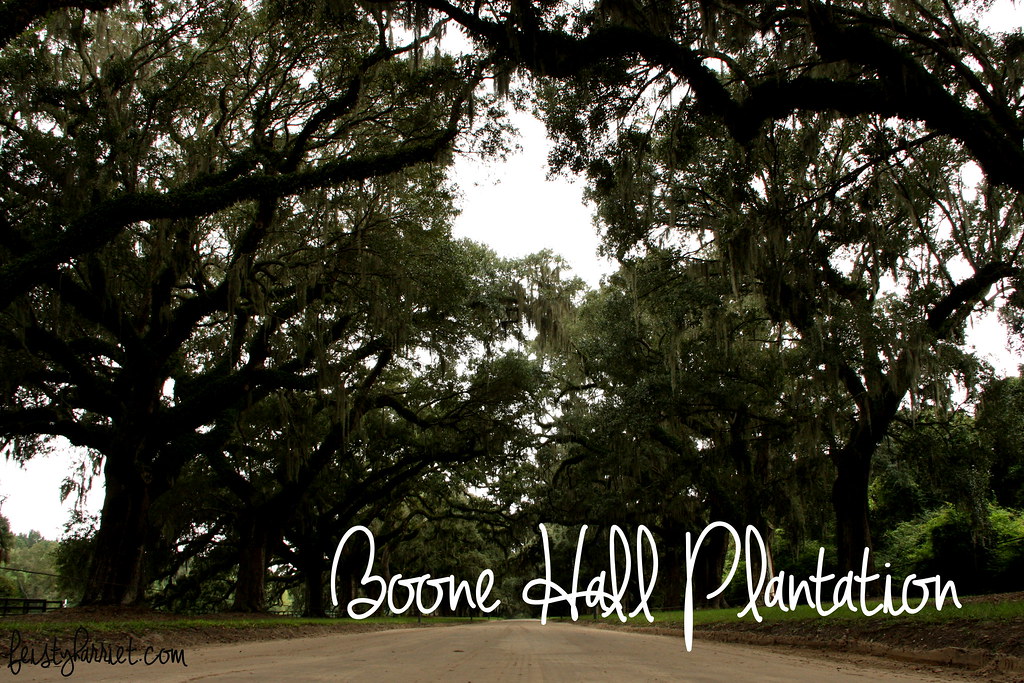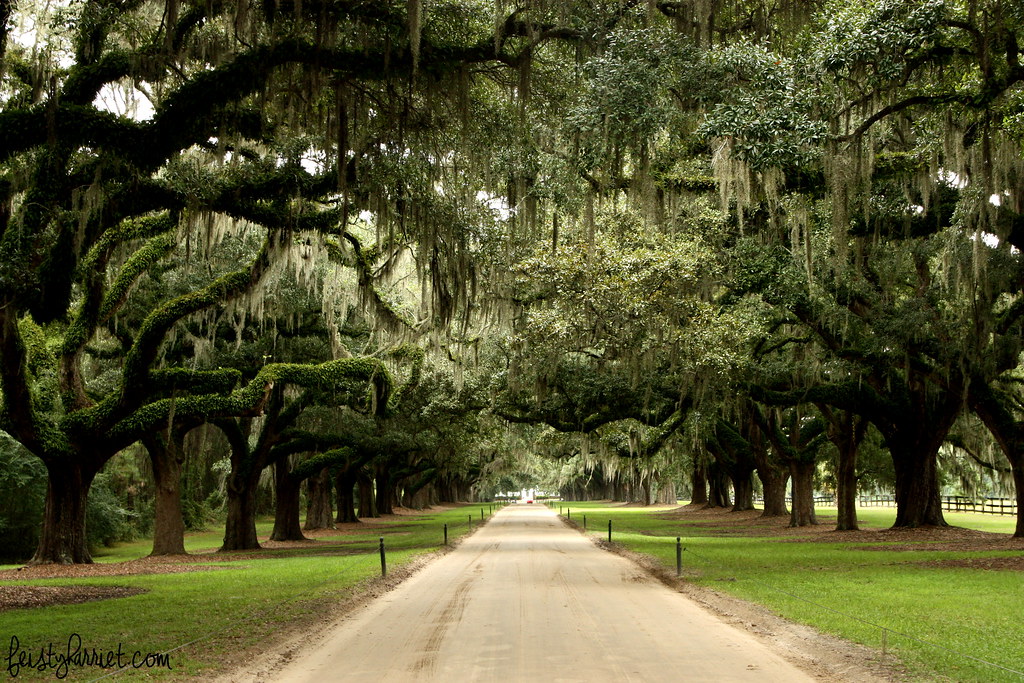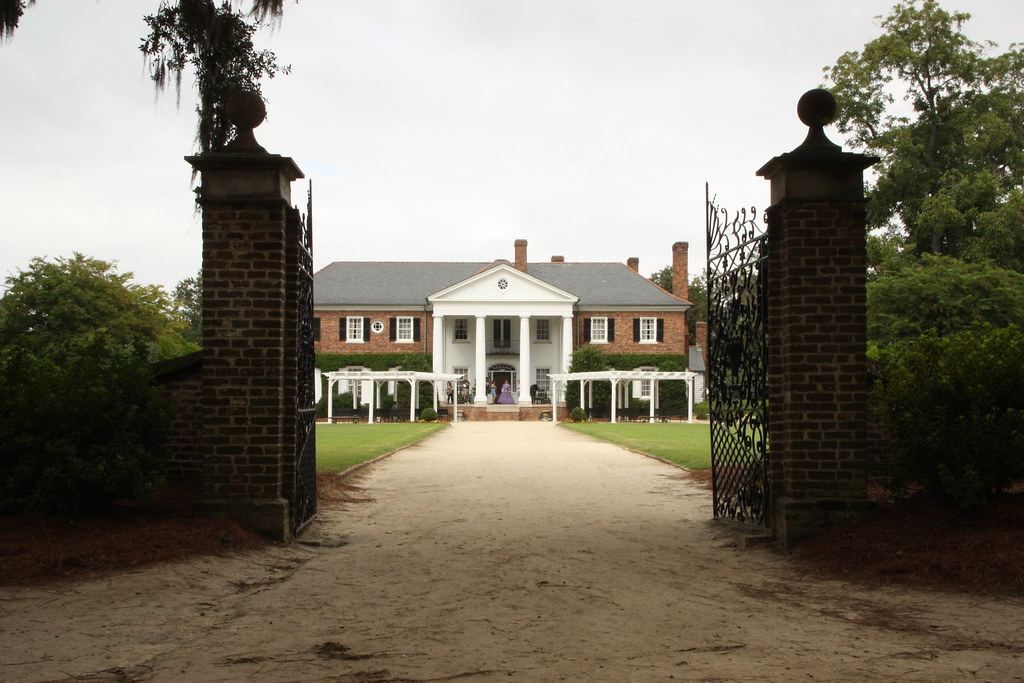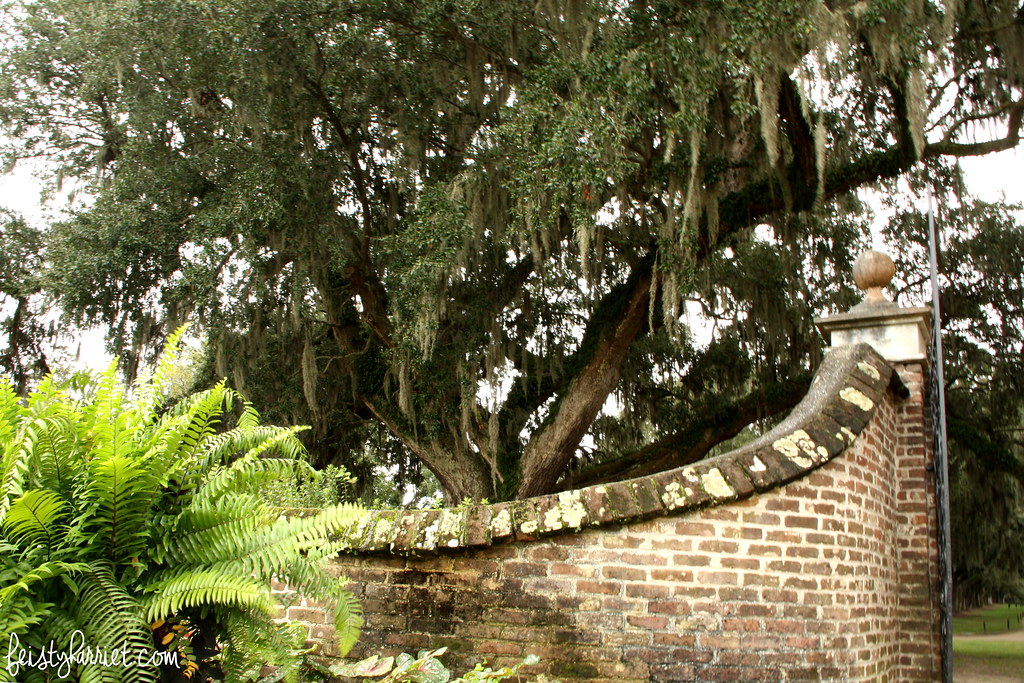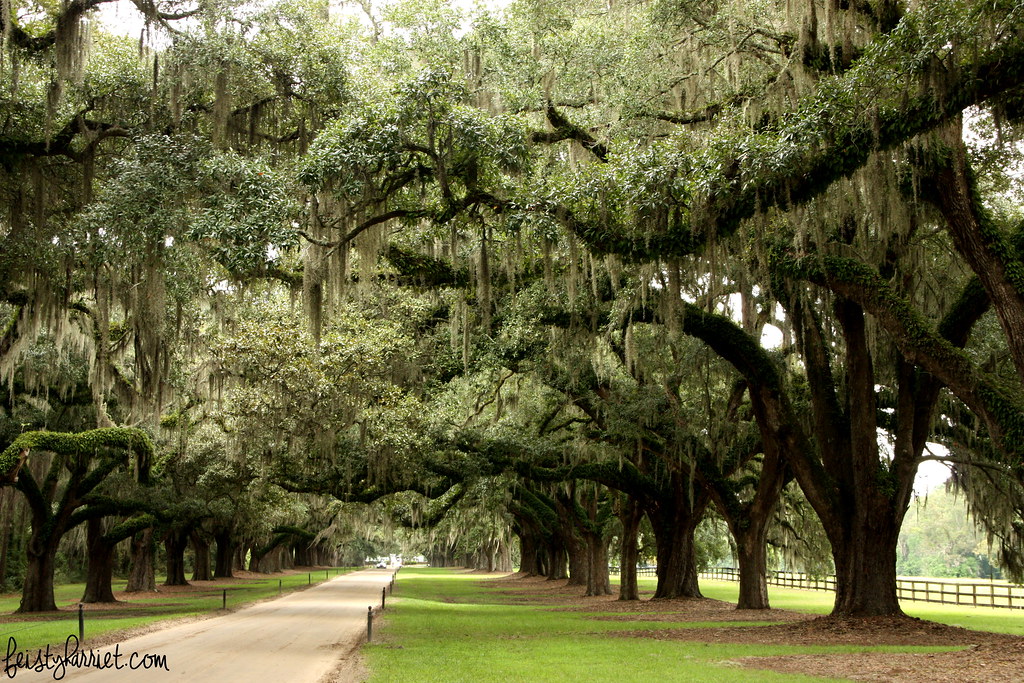I’m a bit late posting this, I kept thinking I’d finish up one more book to add…but I didn’t. Between boxing up my whole life and moving it 700 miles south and then coming BACK north for the holidays and to finish up some stuff at my office…I just, well, I’m swamped. Blergh.
Feminism
The Handmaid’s Tale, by Margaret Atwood (4 stars). The world is limping along after a massive nuclear holocaust, pockets of humanity survive and depend on subjugating women with viable ovaries, impregnating them, and confiscating any babies who are not deformed or “shredders.” In hyper-conservative religious Gilead, Offred tells her story. I loved this.I was not terribly horrified by the premise that women were used for their ovaries and classified and ranked in society. I mean, civilizations around the world have done that for thousands of years. Take Henry VIII, he wanted a son so badly he kept killing his wives until one produced an heir. Marie Antoinette and Catherine The Great’s places as queen/empress were not assured until they produced an heir to the throne. I guess I expected to be horrified, and in many ways I was intrigued and sometimes disgusted, but it wasn’t ever truly shocking. Controlling women and their bodies has been part of our history forever, it only makes sense that in a post-apocalyptic world that would continue. Excellent read, so many things to think about.
Dance of the Dissident Daughter, by Sue Monk Kidd (3 stars). I have very mixed opinions about this book. Overall, I really didn’t like it. BUT, I also underlined and starred a number of passages. So, there’s that. I appreciate some of Monk Kidd’s revelations as she becomes a feminist-thinking woman, but I also was super frustrated by her process and actions. Written in 1992 some of those pieces are–at least for me and the women I associate with–just before my time and I have difficulty relating. But some of her opinions just came across as way extreme to me, and I consider myself a liberal-thinking feminist. Some great one-liners and small paragraphs, but overall, meh.
Additional Recommended Reading: The Yellow Wallpaper, by Charlotte Perkins Gilman; The Feminine Mystique, by Betty Friedan; Feminism is for Everybody, by bell hooks.
Russian History & the Romanov Family
Catherine the Great: Portrait of a Woman, by Robert K. Massie (4 stars). Catherine I–Catherine the Great–is seen as both a terrible tyrant and a benevolent empress. The truth is probably a little of both. This incredibly strong woman came to Russia as a young teenager, married the weak and indecisive heir to the Russian throne (Peter III), but still had to contend with the jealous and terrible Elizabeth, Russian Empress, for almost 2 decades before her husband became Tsar. At that point, Catherine decided to rule the country in her own right instead of leave the vast resources of the Russian empire to her completely inept husband. She ruled for decades, keeping hold of Russia through numerous wars and skirmishes with Prussia and the Turks, internal rebellion, and continued to expand the Russian empire while Great Britain lost the American colonies and the French monarchy and aristocracy were put to death via the guillotine. She introduced the smallpox vaccine, introduced religious tolerance, and nourished friendships and political alliances around Europe. She was such an incredible woman…and also an autocrat monarch of a vast empire she could only hope to vaguely understand. She maintained the status quo for the millions of peasants (um, it wasn’t a good status, btw), was unable to free the serf, although she did introduce serf reform that was quickly quashed by the land-owning noble-classes, and had little concept of how her autocratic rule was viewed in the provinces. Fascinating woman. Fascinating biography.
Additional Recommended Reading: Nicholas and Alexandra, by Robert K. Massie; Maria Theresa, by Edward Crankshaw; Abundance: A Novel of Marie Antoinette, by Sena Jeter Naslund
The Amber Room, by Catherine Scott-Clark and Adrian Levy (2 stars). This is such a fascinating subject: a room made entirely of panels of amber from the Baltic sea, more precious than gold and much more fragile. This room was part of the Catherine Palace in St. Petersburg (yep, that Catherine), locations of millions of pieces of art collected for centuries. When the Nazi’s stormed the city during World War II the museum curators feverishly packed, stored, and hid as much art as they could…but the Amber Room proved too difficult to move and was left behind. The Nazi’s pried the amber panels from the walls and packed them off to a castle in Germany…and that is where the trail dies out. Did the panels arrive? Were they sent elsewhere? Did the Russians reclaim them and hide them again? Was the room destroyed by fire or carelessness? If you’re a White Collar fan, the contents of the Amber Room are a continuing theme and obsession for Neal Caffrey and take up the bulk of seasons one and two; the music box is from the Amber Room. So…fascinating subject, but the authors were SUUUUPER boring, and I like research-heavy books non-fiction books! Skip this, watch White Collar instead.
Additional Recommended Reading: The Lost Painting, by Jonathan Harr.
Russian Literature
Dead Souls, by Nikolai Gogol (4 stars). There is a lot to digest here, and if you aren’t paying close attention and at least nominally familiar with Russian aristocracy in the 1800’s you may get a little lost. Chichikov is a young man trying to make it big in a society where landowners with serfs are the only true way to wealth. The more serfs you have, the wealthier you are. Chichikov devises a plan where he collects serfs on paper–people who have died but are still considered alive by the state due to a once-a-decade census. As Chichikov collects these dead souls through not-entirely-ethical means, his status rises and he is viewed more and more as a prominent member of society. And then, of course, his plan falls to pieces: all that glitters is not gold.
Additional Recommended Reading: The Gilded Age, by Mark Twain.
The Death of Ivan Ilych, by Leo Tolstoy (3 stars). This is a short book, Tolstoy explores the hurt, anxiety, frustration, and despair surrounding Ivan Ilych as he lays dying. There is some gorgeous imagery and tone, and you can’t help but want to hang out with Ivan Ilych (always called by his full name) and talk to him for the afternoon, hoping to give him a little hope and happiness.
Additional Recommended Reading: Being Mortal, by Atul Gawande.
Civil War History
Ulysses S. Grant, by Owen Wister (3 stars). This is a pretty short biography of Grant, too short. I wanted a lot more detail on every part of his life. Thanks to Melanie‘s recommendation, have added a proper Grant biography to The List.
Additional Recommended Reading: Killer Angels, by Michael Shaara; Grant and Twain, by Mark Perry.


